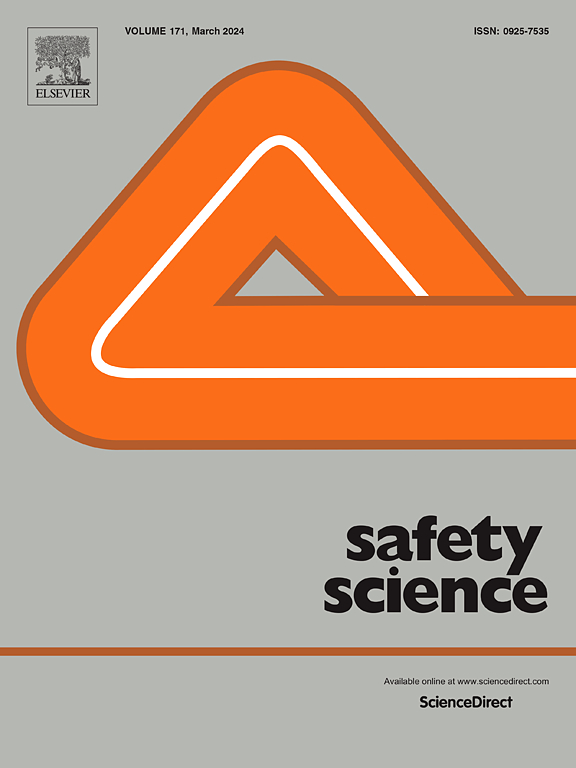Identify and classify common errors, antecedents, outcomes, and mitigation strategies in qualitative and semi-quantitative workplace safety risk management: Integrating grounded theory and systematic literature review
IF 4.7
1区 工程技术
Q1 ENGINEERING, INDUSTRIAL
引用次数: 0
Abstract
Introduction
Risk management is a crucial tool for ensuring workplace safety. However, errors in this process can significantly undermine its effectiveness. This study aims to identify and classify common errors and pitfalls, along with their antecedents, outcomes, and mitigation strategies, within the qualitative and semi-quantitative Workplace Safety Risk Management (WSRM) processes.
Methods
This research utilized a mixed-methods approach, integrating systematic review methodologies with grounded theory. A descriptive systematic review synthesized evidence from existing literature, utilizing databases such as Web of Science, PubMed, and Scopus. Additionally, empirical data were gathered through semi-structured interviews with ten subject matter experts. Data analysis was performed using the grounded theory approach, supported by MAXQDA software.
Findings
A total of 49 distinct errors and pitfalls in WSRM were identified and categorized into seven classifications. Furthermore, 70 open codes related to influencing factors were identified, which included antecedent conditions, intervening factors, mitigation strategies, and outcomes, organized into relevant subcategories.
Conclusion
The findings of this study enhance our understanding of the factors that contribute to errors in qualitative and semi-quantitative WSRM. This knowledge can serve as a foundation for developing evaluation tools and error mitigation strategies within WSRM processes.
求助全文
约1分钟内获得全文
求助全文
来源期刊

Safety Science
管理科学-工程:工业
CiteScore
13.00
自引率
9.80%
发文量
335
审稿时长
53 days
期刊介绍:
Safety Science is multidisciplinary. Its contributors and its audience range from social scientists to engineers. The journal covers the physics and engineering of safety; its social, policy and organizational aspects; the assessment, management and communication of risks; the effectiveness of control and management techniques for safety; standardization, legislation, inspection, insurance, costing aspects, human behavior and safety and the like. Papers addressing the interfaces between technology, people and organizations are especially welcome.
 求助内容:
求助内容: 应助结果提醒方式:
应助结果提醒方式:


